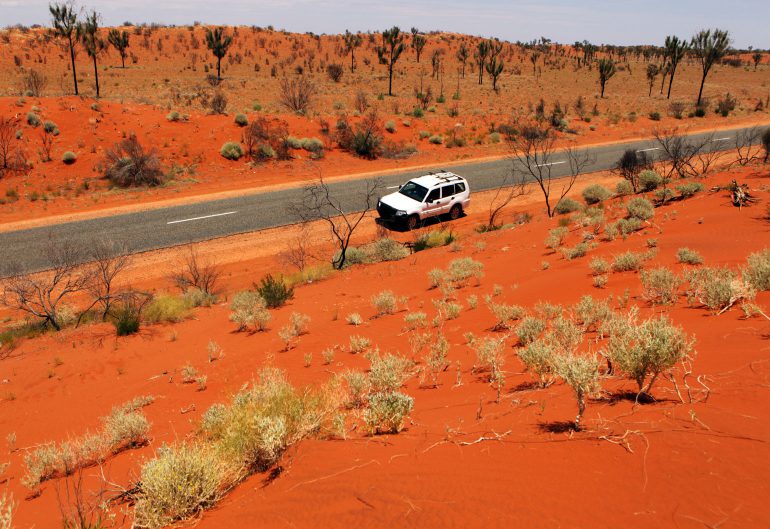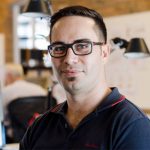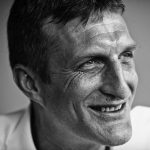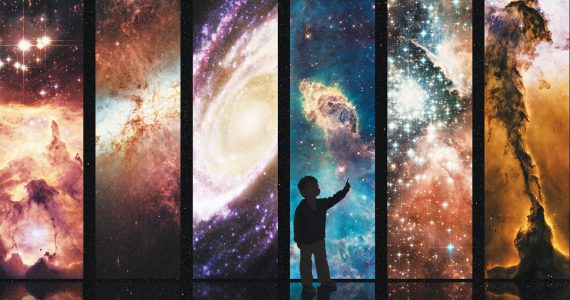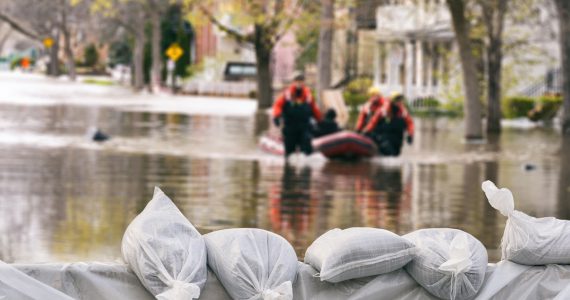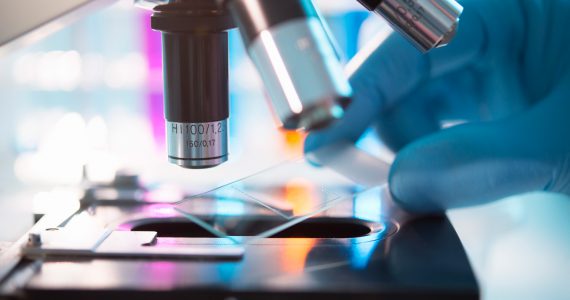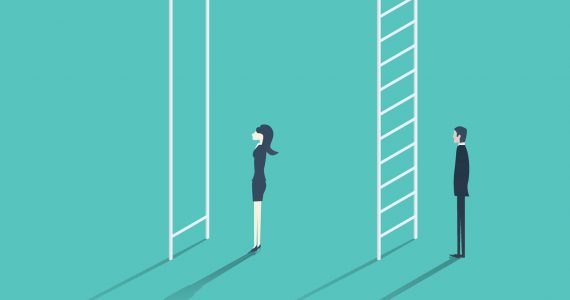Judd Harris is the first Indigenous Australian to study engineering at Cambridge, where he has just completed a MPhil Engineering for Sustainable Development. He is among a group of engineers who want to merge their STEM education with Indigenous knowledge to improve the wellbeing of people living in remote communities.
After joining BHP Billiton Iron Ore as a process engineer, Judd Harris could easily have stayed in Perth and carved out a career in the mining industry. But the 25-year-old decided instead to focus on augmenting his engineering skills with the knowledge and experience he needs to ensure people living in remote communities can access the infrastructure, education and employment opportunities urban Australians take for granted.
A discussion with Harris about his upbringing and education illuminated the pivotal experiences that inspired him to choose a path which is more aligned with his personal values about community and giving back.
From Carine to Cambridge
Harris’s experiences during his childhood and adolescence fostered his love of learning, strong work ethic and connection with remote Indigenous communities.
“I have a very diverse background. My father’s the Aboriginal side and my mother is a European migrant, second generation Polish and Italian. My parents split up when I was fairly young so I had two different homes, one in Perth and one in Leonora (an hour and half north east of Kalgoorlie),” said Harris, who identifies as one of the Wongi people from the region of Leonora in Western Australia.
“They were extremely different, completely juxtaposed environments. It was very static and routine in Perth, very much about school timetables and sports. School holidays were mostly about spending time way out in the bush. I’d go camping with family, we’d go hunting. I remember hunting goannas and kangaroos when I was 10 years old.”
While holidays in Leonora provided opportunities to learn about life in the bush, positive educational experiences in Perth laid the foundation for academic achievement.
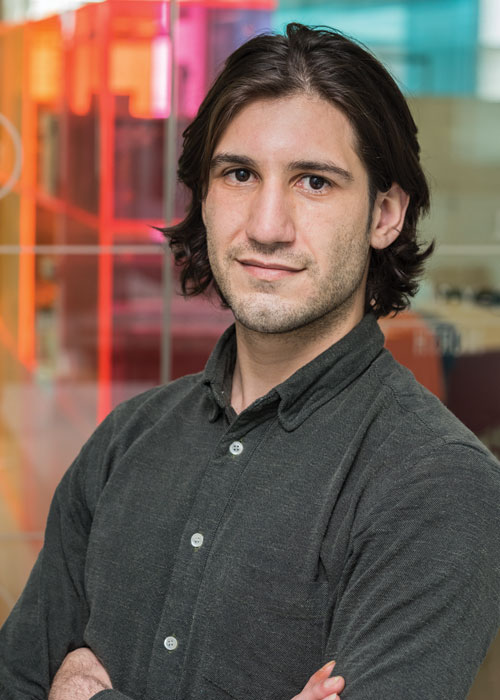
“At Carine Senior High School, I had a really encouraging group of friends and positive experiences with my teachers who were very supportive. Our year was very academic. We have doctors, lawyers and a lot of engineers.”
In Year 10, Harris accessed tutoring through the Indigenous Tutorial Assistance Scheme (ITAS) and said the university student tutors provided crucial support and mentoring which gave him confidence and motivation and inspired him to work hard and aim high.
After completing a Bachelor of Chemical Engineering at Curtin University, he joined BHP Billiton Iron Ore in a graduate position. Once in the workforce, Harris noticed most engineers worked in cities or mines and realised he would prefer to use his engineering skills to benefit remote communities.
An opportunity to participate in the Aurora Indigenous Scholars International Study Tour changed his life.
“It was a pivotal academic experience. For the first time, I was able to envisage culture, engineering and my personal values aligning.”
The experience inspired Harris to apply for postgraduate study at Cambridge, but he almost didn’t accept the offer due to financial considerations. The Aurora Education Foundation, which runs the Study Tour, pulled together a range of partners to fund his tuition, living and transport costs.
“I am well aware my education is enabling me to transform my life and will potentially transform the lives of others,” he said.
“Cambridge is an incredible place. The people here are really interested in debate and public discussion of big topics and there’s great things going on all the time.”
“This year here has allowed me to step out of the mining industry and consider my future. I’ve been able to learn about all these fascinating things like international business and economics that will help me contribute to long-term sustainable community development.”
Indigenous engineering solutions
Harris recently submitted his 15,000-word dissertation, entitled “The potential of renewable energy projects in remote Indigenous communities.”
Over his time at Cambridge, he has averaged A’s and is hoping his dissertation will achieve a similar result. He plans to use his new post-graduate qualification to learn about engineering in international development by working with a large company or an NGO.
“I want to get the international, bigger picture and work with different people. I think it will be very interesting to do development work and see what the problems are and how those issues are overcome,” he said
“In the long run, I’m definitely going back to Australia. I want to look at different economic development opportunities for Aboriginal people and be able to work in remote communities and look at how they can operate more independently and function well.”
He believes it is important to encourage more Indigenous people into the engineering profession as they are committed to their communities, provide culturally-appropriate services and are more likely to employ Indigenous people.
“One of the most beneficial things about having Indigenous engineers is they are more likely to hang around for a long time and understand the community they are working with. There’s an ongoing commitment, a reason to stay and be accountable for the life of the project and the ongoing maintenance. They can also work with people in a way that will look to create opportunities and pathways for employment,” he said.
“It will take time to build up the numbers of Indigenous engineers, so in the meantime, educating engineers about Aboriginal people and how to deal with their complexity and diversity is a good way to foster better working relationships.”
Towards the end of our conversation, Harris reflected: “I’ve experienced a lot of being seen as the Indigenous engineer in the workplace. It can be difficult because sometimes I just want to be seen as an engineer and be respected for the quality of engineering work I do.”
His unwavering focus on finding ways to use engineering to improve the wellbeing of people living in remote communities could well be the catalyst for Harris to make his own, unique contribution to the engineering profession.
Pathways to the future
Aboriginal and Torres Strait Islander people represent 2.5 per cent of the Australian population, but just 0.5 per cent of total engineering students.
Brendon McNiven, a structural engineer and Principal at Arup, who chairs the Victorian Indigenous Engineering Winter School (VIEWS) believes there are compelling reasons for increasing the number of Indigenous engineers.
“As a country, we need to continue to address reconciliation and reinforce that engineering as a profession is behind other professions, like the medical profession, which is getting close to population parity,” he said.
“Engineering is about problem solving and creativity. At the moment we have mostly western-based perspectives. Having engineers with other perspectives will open our eyes to different knowledge systems, increase the diversity of inputs, produce stronger solutions and give us additional ways to approach complex problems.”
One of the most successful education initiatives designed to encourage Indigenous students to study engineering is the Indigenous Australian Engineering Summer School (IAESS). The school was established by Engineering Aid and has been running for 20 years.
Grant Maher from the Gumbaynggirr mob on the North Coast of NSW attended the first IAESS at the University of Sydney and is the inaugural chair of the Indigenous Engineers Group supported by Engineers Australia. He now works as a Senior Façade Engineer at Inhabit and said, “The key to getting more Indigenous people interested and involved in engineering is getting them to broaden their horizons about what engineering is and what you can achieve.
“Being an engineer, you can help yourself, your family and your community through numerous pathways such as improving housing, developing schools, designing water treatment plants or other infrastructure projects. Getting people to understand that will start driving the numbers and getting them wanting to be involved.”
His comments are echoed by Dennis Jose, a Wanyurr man from the Yidinyji Nation in Far North Queensland. Jose is a civil engineer with a masters in environmental engineering and owner of Jabin Project Management – a 100 per cent Indigenous company that provides infrastructure services to remote communities.
“We have to get better at promoting engineering. Following a path is easier if somebody has walked it before. I want to be that pathway and show Indigenous children that engineering can be a rewarding career.”
Maher is planning to launch the Indigenous Engineers Group at the Australian Engineering Conference in Brisbane in November and hopes it will create a support network for Indigenous engineers and encourage more Indigenous people to enter the profession.
“Indigenous people are connected to community, they have a social responsibility and are connected to the land. Having that bond and wanting to help on a more global scale than just doing something to help themselves is what makes a really good engineer.”


